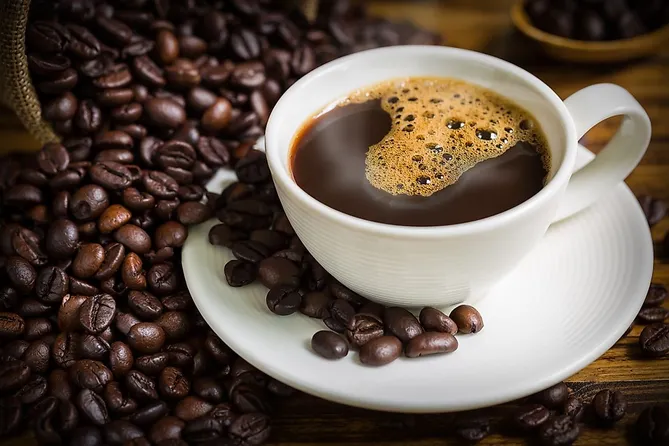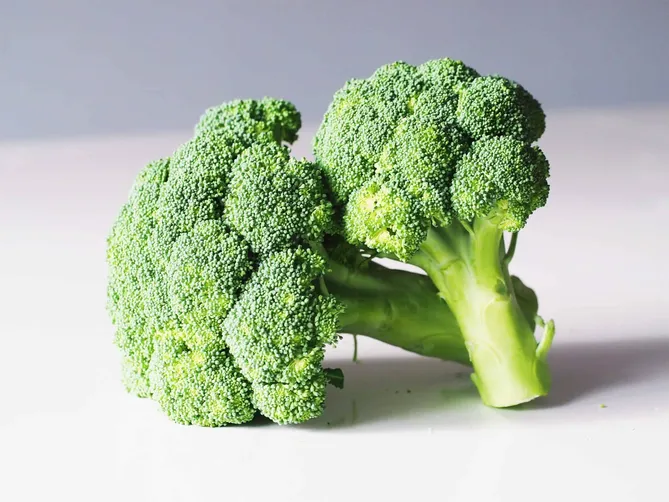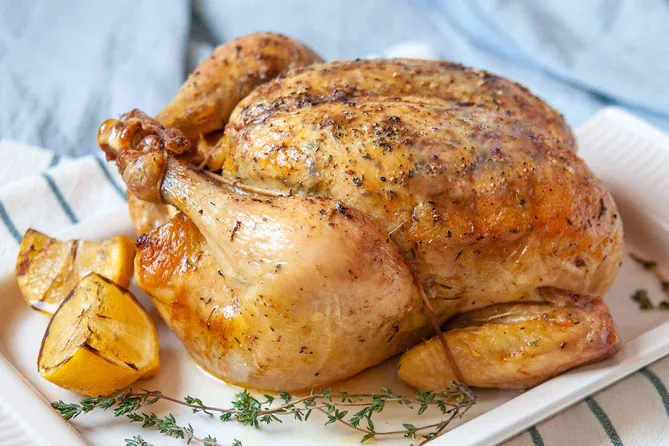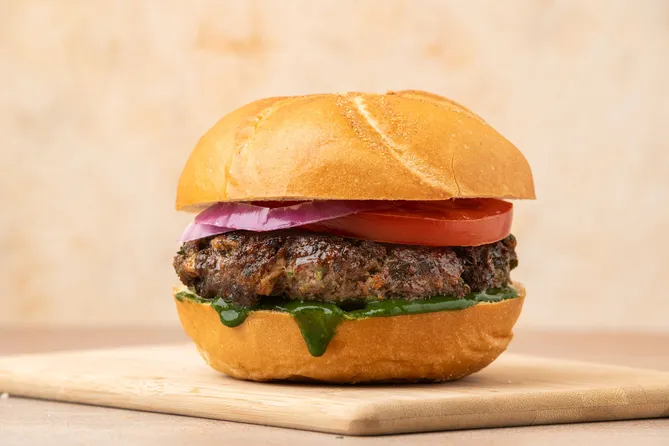Top ways to improve liver enzymes
1. Coffee:

Coffee is a brewed drink prepared from roasted coffee beans, the seeds of berries from certain Coffea species. Drinking coffee can help in lowering liver enzymes. Increasing evidence has shown that coffee consumption is protective against the progression of liver disease to cirrhosis. This is associated with antioxidant and anti-fibrotic effects of coffee. Depending on the type of coffee and method of preparation, the caffeine content of a single serving can vary greatly. The caffeine content of a cup of coffee varies depending mainly on the brewing method, and also on the coffee variety. According to the USDA National Nutrient Database, a 240-millilitre (8 US fl oz) cup of "coffee brewed from grounds" contains 95 mg caffeine, whereas an espresso (25 ml) contains 53 mg.
2. Dietary changes:

Studies have found that eating a healthy, well-balanced diet can help lower your ALT/AST level. More vegetables, more fiber, foods with lower energy density, less animal protein and more plant based protein and increased amounts of potassium and vitamin B6 help people lower their ALT SGPT and AST SGOT level. People with high liver enzymes should avoid Foods high in sugar, fat, or salt, fried foods, Raw or undercooked shellfish like clams or oysters and Foods containing partially hydrogenated vegetable oils. Most people can tolerate chemical food additives, but for those with high liver enzymes and liver damage, these chemicals will only worsen your current situation. Many sugars and fats also place stress on the liver, so cutting them out or limiting them can improve your liver function.
3. Exercise:

Physical exercise is important for maintaining physical fitness and can contribute to maintaining a healthy weight, regulating the digestive system, building and maintaining healthy bone density. Studies suggest that staying active for a minimum of 150 minutes per week can improve liver enzymes like ALT and AST in the average adult. A 2018 article from the Journal of Hepatology recommends a regular exercise program as part of treatment for chronic diseases, such as cirrhosis.
4. Folic acid intake:

It is estimated that at least 10% of the United States population has low folate stores, and this estimate may increase to 50% in disadvantaged populations. Deficiency can result from increased requirements, from decreased intake, from poor utilization, and from a functional folate deficiency associated with a deficiency of vitamin B12. A folate deficiency may increase the risk of damage to the liver. Some good food sources of folic acid are green leafy vegetables, sprouts, dried beans, peanuts, bananas, broccoli and chicken liver. “Beetroot is also highly recommended to increase folic acid. Folate deficiency can be caused by unhealthy diets that do not include enough vegetables and other folate-rich foods; diseases in which folates are not well absorbed in the digestive system.
5. Losing weight:

Weight loss, in the context of medicine, refers to a reduction of the total body mass. Research has found that weight loss is an important factor in treating fatty liver disease and in preventing fibrosis of the liver. The least intrusive weight loss methods, and those most often recommended, are adjustments to eating patterns and increased physical activity, generally in the form of exercise. The World Health Organization recommends that people combine a reduction of processed foods high in saturated fats, sugar and salt and caloric content of the diet with an increase in physical activity. Self-monitoring of diet, exercise, and weight are beneficial strategies for weight loss, particularly early in weight loss programs. Research indicates that those who log their foods about three times per day and about 20 times per month are more likely to achieve clinically significant weight loss.
6. Avoiding alcohol:

Alcohol can increase damage to the liver, so people with high ALT and AST levels should avoid consuming alcohol. Consuming 2 to 3 alcoholic drinks daily can harm one's liver. Furthermore, binge drinking, or drinking 5 or 6 more drinks in a row, can also result in liver damage. Generally, symptoms of alcoholic liver disease include abdominal pain and tenderness, dry mouth and increased thirst, fatigue, jaundice, loss of appetite, and nausea. You can reduce the risk of liver damage by cutting down or giving up alcohol. All liver diseases improve from giving up alcohol.
7. Reducing high cholesterol:

A 2018 study found a link between higher levels of both LDL and HDL and elevated levels of liver enzymes in adults in the United States. LDL and HDL are two types of lipoproteins. They are a combination of fat (lipid) and protein. If you have a high LDL level, this means that you have too much LDL cholesterol in your blood. This extra LDL, along with other substances, forms plaque. The plaque builds up in your arteries; this is a condition called atherosclerosis. If LDL and HDL are elevated then liver enzymes may also get affected.
